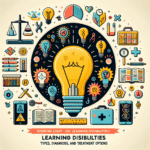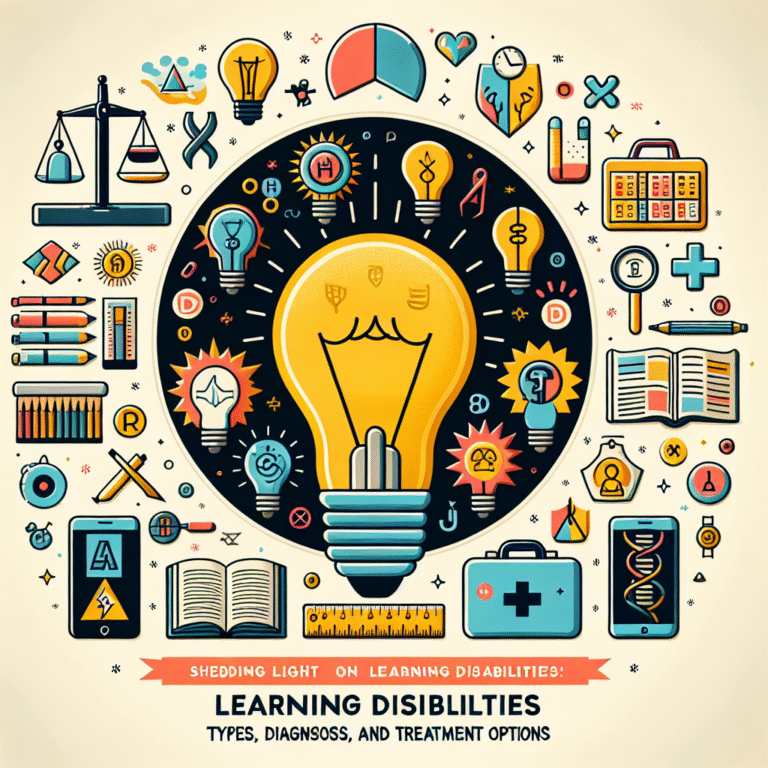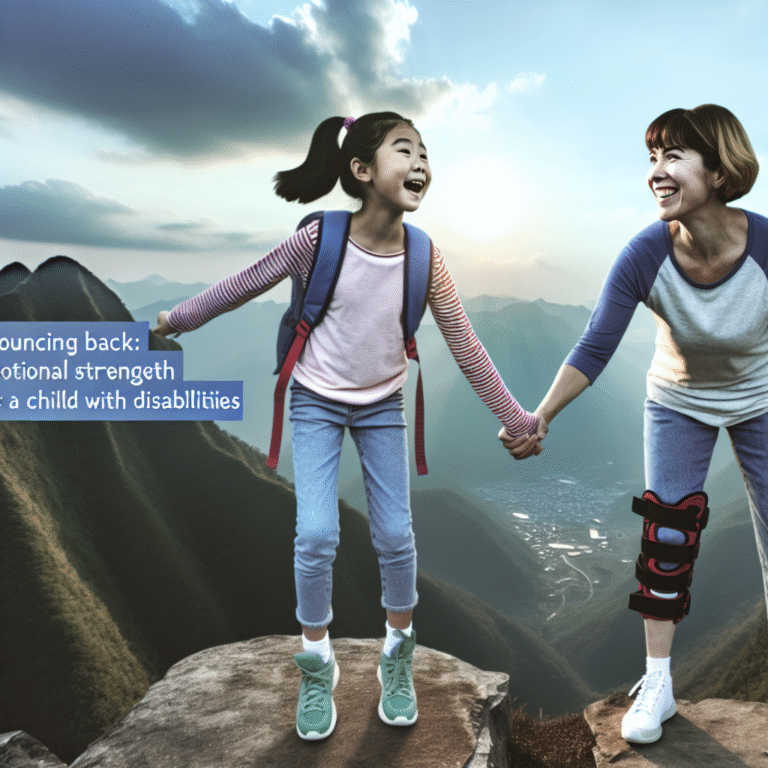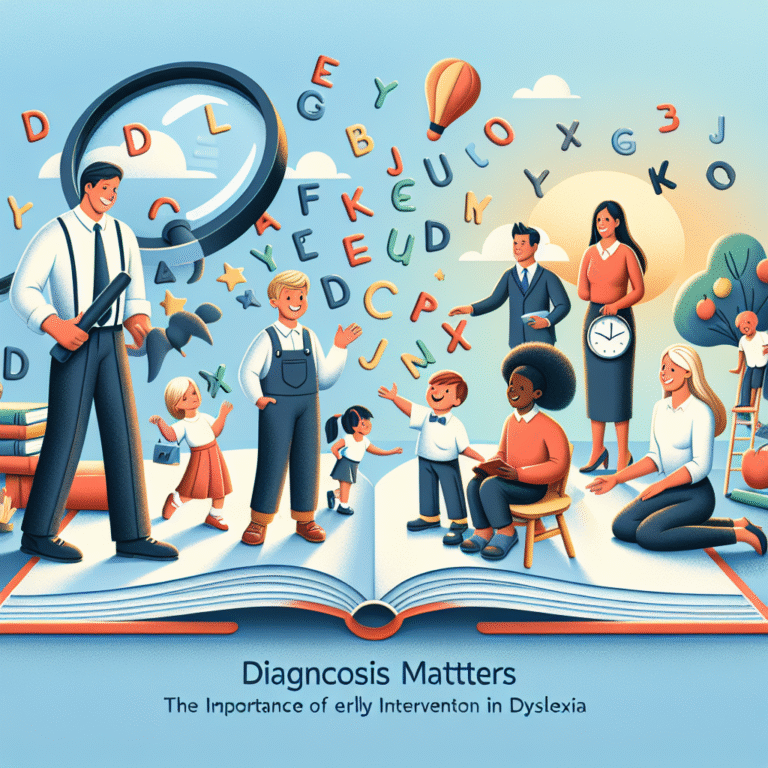The Future of Education: Bridging Science and Inclusivity for Students with Learning Disabilities
Introduction
Imagine a classroom where every student learns in a way that best suits their unique needs. This aspirational vision forms the foundation of The Future of Education: Bridging Science and Inclusivity for Students with Learning Disabilities. In today’s rapidly changing educational landscape, fostering inclusivity and embracing scientific approaches to learning is essential. This article explores innovative practices and research that are reshaping the educational environment for students with learning disabilities, emphasizing the importance of bridging evidence-based science with inclusive methods to create a better tomorrow.
The Importance of Inclusivity in Education
Inclusivity in education is not just a noble aspiration; it serves as a vital component in creating a more effective learning environment for all students. According to UNESCO, inclusive education promotes a diverse learning environment that caters to individuals’ varying needs, thereby enhancing educational outcomes.
Case Study: The Utah State University Model
Utah State University implemented an inclusive education model in which students with disabilities are integrated into standard classrooms. The results were promising: a 30% increase in standardized test scores was noted among students with learning disabilities when compared to traditional, segregated educational settings. This case illustrates that inclusive practices can elevate the educational experiences for all students.
Bridging Science and Education
Bridging science and education is a powerful combination. Research into cognitive science reveals much about how the brain learns, and applying these insights in the classroom can better support students with learning disabilities.
Understanding Learning Disabilities Through Science
Cognitive research displays that common learning disabilities, such as dyslexia and ADHD, fundamentally impact the way information is processed in the brain. By understanding these scientific aspects, educators can implement strategies tailored to individual needs.
Table 1: Common Learning Disabilities and Their Characteristics
| Learning Disability | Characteristics |
|---|---|
| Dyslexia | Difficulty with reading, spelling, and writing |
| ADHD | Challenges with attention and impulse control |
| Dyscalculia | Difficulty understanding numbers and mathematical concepts |
| Auditory Processing | Issues with processing auditory information |
Leveraging Technology for Better Learning Outcomes
Advances in technology have given rise to an array of tools designed to assist students with learning disabilities. These tools, anchored in scientific research, can enhance learning experiences.
Case Study: The Role of Assistive Technologies
A study from the University of Kansas found that students using text-to-speech software showed a 20% improvement in reading comprehension over traditional methods. This highlights how The Future of Education: Bridging Science and Inclusivity for Students with Learning Disabilities can be supported by integrating scientific advancements in technology.
Multi-Sensory Learning Approaches
Multi-sensory learning, which involves engaging multiple senses in the learning process, is another effective method rooted in cognitive science. Such approaches have proven beneficial for students with learning disabilities.
Example: The Orton-Gillingham Method
The Orton-Gillingham method focuses on teaching reading through a multi-sensory approach, encompassing auditory, visual, and kinesthetic elements. According to research published in the Journal of Learning Disabilities, students who received instruction using this method improved their reading skills significantly more than those who did not.
The Role of Educator Training in Inclusivity
Professional development for educators is crucial in effectively implementing inclusive practices. Training that focuses on evidence-based methods and adaptive learning techniques empowers educators to better address the diverse needs of their students.
Case Study: The Teacher Preparation Program at Harvard
Harvard’s Teacher Preparation Program incorporated training on inclusive practices, leading to a notable 40% increase in teachers’ confidence in teaching students with learning disabilities. This reinforces the idea that properly training educators is fundamental to bridging science and inclusivity in the classroom.
Strategies for Enhancing Inclusion in the Classroom
Building an inclusive educational environment requires proactive strategies. Here are several practical approaches:
Universal Design for Learning (UDL)
UDL is an educational framework that optimizes teaching to effectively serve all individuals. By offering multiple means of engagement, representation, and action/expression, UDL creates a flexible learning environment.
Collaborative Learning Strategies
Encouraging students to collaborate can foster social skills and a sense of community among peers. Group activities that focus on problem-solving allow students to learn from one another and build valuable interpersonal skills.
Differentiated Instruction
Tailoring lessons to accommodate different learning preferences can significantly benefit students with learning disabilities. This approach enables each student to engage with content in a way that is most effective for them.
The Role of Family and Community
Inclusivity is a collective effort that extends beyond the classroom. Families and communities play a pivotal role in supporting students with learning disabilities.
Community Awareness Programs
Engaging the community through awareness programs can help foster a supportive environment. These initiatives inform the public about learning disabilities and promote empathy and understanding.
The Future of Assessment and Evaluation
As the educational landscape evolves, so too must assessment techniques. Traditional standardized testing can disadvantage students with learning disabilities. Alternative assessment methods, including project-based learning and portfolio assessments, allow educators to evaluate students’ understanding more holistically.
Example of Alternative Assessment
In a project-based learning assessment at a California high school, students with learning disabilities created digital presentations rather than taking a traditional test. The outcome was not just improved comprehension but also enhanced creativity and engagement—demonstrating the effectiveness of bridging innovative assessment and learning inclusivity.
Conclusion
The Future of Education: Bridging Science and Inclusivity for Students with Learning Disabilities is not merely a vision; it can be a reality with deliberate actions and strategic planning. By embracing scientific research, leveraging technology, enhancing educator training, and fostering community involvement, we can create an inclusive environment where all students thrive.
Take Action
The change starts with each one of us. Educators, parents, and community members must advocate for inclusive practices to ensure that every student, irrespective of their learning challenges, receives equitable educational opportunities.
FAQs Section
1. What are learning disabilities?
Learning disabilities are neurological conditions that affect the brain’s ability to process information, making it challenging for individuals to acquire skills in reading, writing, and mathematics.
2. How can technology help students with learning disabilities?
Assistive technologies, like text-to-speech software and interactive learning apps, can enhance understanding and engagement for students with learning disabilities, making learning more accessible.
3. What are some effective strategies for inclusive education?
Effective strategies include Universal Design for Learning, differentiated instruction, and collaborative learning, all aimed at accommodating diverse learning needs.
4. How important is educator training in inclusive education?
Educator training is crucial, as informed teachers are better equipped to implement adaptive learning techniques and create supportive environments for all students.
5. What role do families play in supporting students with learning disabilities?
Families play a vital role by advocating for their children’s needs, collaborating with educators, and fostering a positive home learning environment that encourages growth and development.
This comprehensive exploration of The Future of Education: Bridging Science and Inclusivity for Students with Learning Disabilities provides unique insights and actionable strategies to create positive change in educational environments. By integrating scientific understanding with inclusive practices, we can pave the way for a brighter, more equitable future for all learners.









